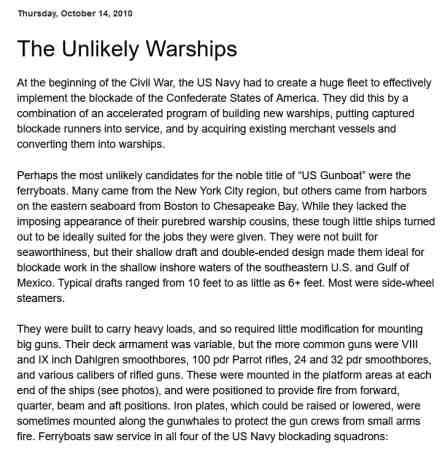I hate rigging because it's so fiddly - but because it's so fiddly, rigging adds a lot of character to the model. So let's get it done!
The important elements to model here are the ratlines and the standing rigging connecting the bowsprit to the foremast and the mainmast to the boom.
The ratlines were modeled using a technique I've seen used to good effect, but not tried myself. Metal window-screen mesh - like you find at any hardware store - was cut into thin strips and sized to fit the port and starboard sides of each mast. Be sure to use the metal mesh, and not the nylon/fiberglass product. Only the metal product has the strength to stay straight and true.

For a ship the size of the schooner, two rows wide is good, and three rows wide is as far as I'd want to push it. Cutting the mesh is a bit of a hassle. You need to use good sharp scissors with a fine edge. You need to cut the cross rows as close to the edge of the outer edge line as possible, otherwise the effect looks a little odd. Since you bought way more mesh than you'll use rigging ships (I hope!), take some time and practice before making your actual cuts.
The nice thing about the mesh (as opposed to individual wire or thread) is its ease of installation and its rigidity. It speeds construction while securing the masts. I used thick CA to attach the mesh to each side of the hull and the bottom of the join between the mast and uppermast spar. Once the glue dries, a thin coat of black paint applied with a drybrush finishes the ratlines.

The only remaining rigging is the line from the bowsprit to the top of the foremast, back between the masts and then down to the end of the afterboom. I've used a mix of two techniques on other projects, either running thread and tying it off at suitable points, or cutting and gluing lengths of wire. I generally like the wire as it provides a bit of rigidity and will not sag over time.
For the schooner, I cut three pieces of .020 brass rod. Each piece is generally cut to fit. Once you've sized it correctly, a bit of CA glue on each end holds it in place. Once all three wires and in place and the glue is dry, a quick coat of black paint finishes the effect.







